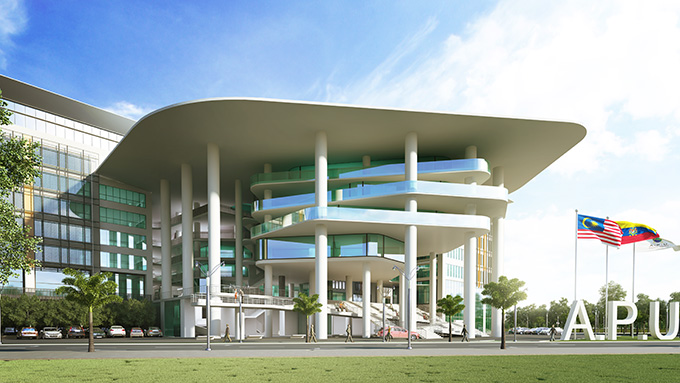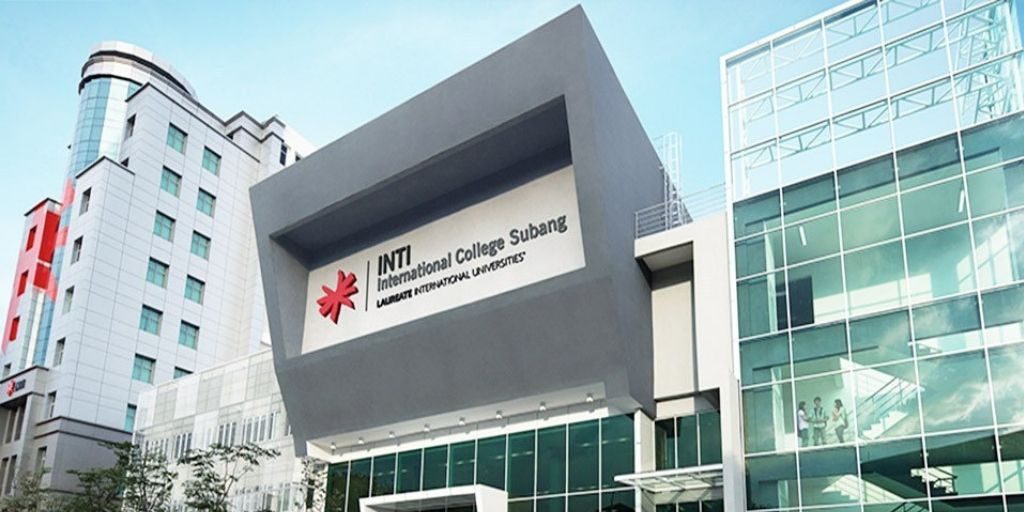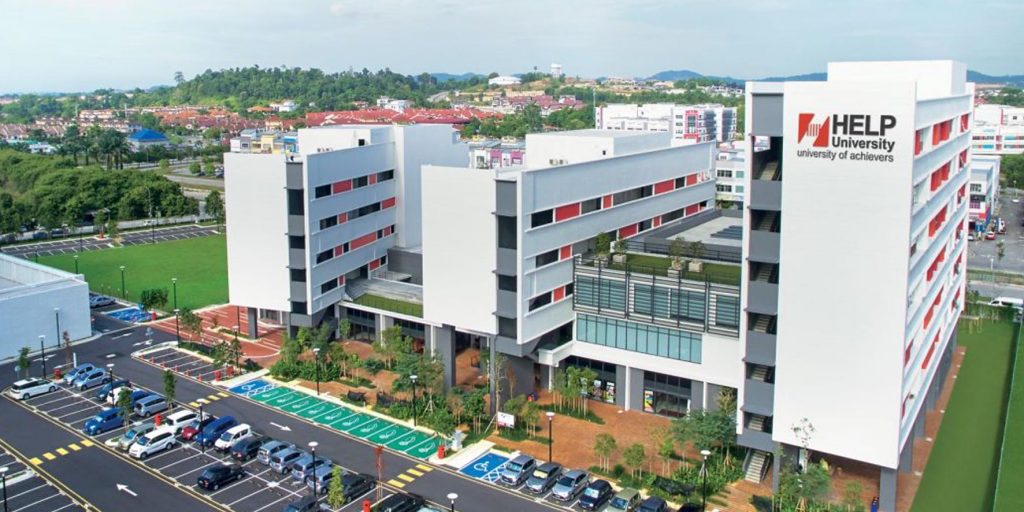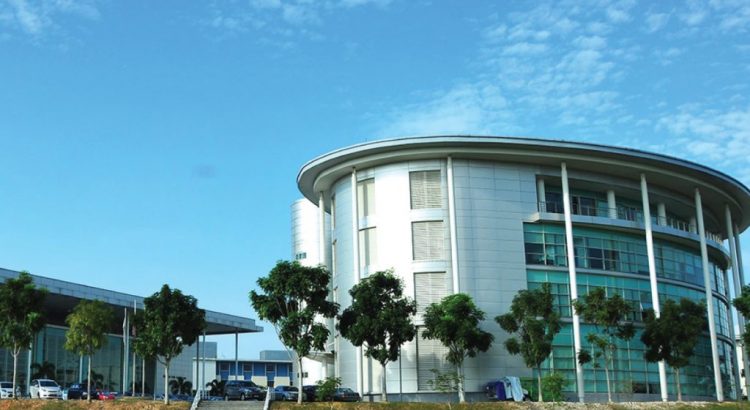
Information Technology, or known as IT, has gained more importance in recent years as our world continues to digitise, due to its imperative role in maintaining communications and data processing for different industries. IT experts are the lifeline of a business – if a business’ database is not properly maintained, it may just be enough for a business to collapse. To play such an important role means you will need the necessary education background. Here is everything you need to know about studying Information Technology in Malaysia.
What is Information Technology (IT)?
We hear the term ‘IT’ being tossed around all the time in schools or offices as a department, but what exactly do they do? In essence, IT is the study and use of computers, networks, storage, and infrastructure to create, store, maintain, process, secure, and exchange data. It is typically used on a larger scale, mainly in the context of business operations, rather than for entertainment and at-home use. It is a hybrid between computing technologies and telecommunications.
Students in IT usually learn concepts like technical theory, networking, programming, computer hardware, database management, system analysis, computer circuitry, website development, and IT management. Though of course this depends on what individual courses have to offer, to learn more about the different IT course structures from different universities, ask Excel Education.
As a strongarm of a company or organisation’s IT database, you will be responsible for things like launching and maintaining business applications, services, servers, networks, and storage. You are also expected to monitor, optimise, troubleshoot, and monitor the security of said IT assets of a business to ensure their functions and safety are in order. At times, you should also make sure the technology (e.g. hardware and programs) are up to date and change them if it’s required to ensure proper IT support is provided to a business for smooth operations.
To understand further, check out this helpful guide about the differences between Information Technology and Computer Science!
What Are the Different Specialisations in Information Technology?
Information Technology degrees have a wide range of specialisations and are not limited to dealing with IT databases. Many Information Technology degrees include modules that overlap with Computer Science knowledge, it is important to have a wide range of relevant knowledge! This overview of the specialisations in Information Technology can assist you in deciding a course, and selecting modules for your degree:
Field | Description |
Cybersecurity & systems security | The protection of applications, networks, and data from harm. You’ll typically learn concepts such as: information security, ethical hacking, information assurance, disaster recovery, vulnerability analysis and control, coding security, and securing databases. |
Data Analytics | The construction, development, and management of data to maintain network infrastructure to meet client needs. You’ll utilise predictive modelling, big data, and sample data sets to solve specific problems. |
Digital Investigations | This specialisation overlaps with cybersecurity, but focuses more on using skilled technological knowledge to counteract internet criminals. |
Information Technology Entrepreneurship | The business knowledge of launching and maintaining new ventures in the tech industry. |
Information Systems Management | The study of construction, testing and maintenance of information to ensure their effectiveness in a business. |
Network Administration & Management | The study of construction, testing and maintenance of network applications to ensure their effectiveness in a business. |
Software Development, Engineering & Analysis | Overlapping with Computer Science, you will utilise coding and programming languages to build applications and programs to deal with specific needs. |
Systems Administration & Analytics | The specialisation of administration and management of servers. |
For more information about different types of information technology and which one is the most suitable one for you, contact us now for more details!
General Entry Requirements to Study Informational Technology in Malaysia 2022
Academic Entry Requirements
STPM | Min. Grade C in 2 subjects |
Foundation/Matriculation | Pass with min. CGPA of 2.0 with a Credit in Additional Mathematics at SPM/ IGCSE/ O-Level or its equivalent |
A-Levels | Pass with min. EE |
Unified Examination Certificate (UEC) | Pass with min. 5 Bs including Mathematics or Advanced Mathematics |
Canadian Pre-University (CPU) | Min. average of 50% in 6 subjects |
International Baccalaureate (IB) | Min. of 24 points in 6 subjects |
Diploma in Information Technology (DIT) | Pass with min. CGPA of 2.50 |
South Australian Matriculation (SAM) / SACE International | Min. ATAR 55 |
*Requirements vary across universities, faculties, and courses. For inquiries on the specific requirements, contact Excel Education.
English Language Requirements
IELTS | Band 5.0 |
TOEFL | 42 (Internet Based Test) |
MUET | Band 3 |
O-Level | Grade C |
1119 | Grade C |
UEC English | B6 |
*Requirements vary across universities, faculties, and courses. For inquiries on the specific requirements, contact Excel Education.
Future Career Paths with a Degree in Information Technology
IT is the lifeline of a healthy business, your skills will be needed anywhere. Your future career path as an IT degree holder is bright, so here are a few examples of what you can do:
- Analytics & Reporting Manager
- Build Engineer
- Business Process Engineer
- Business Intelligence Manager
- Cloud Architect
- Data Innovation Manager
- IT Manager
- Software Developer
- System Engineer
- System Analyst
- System Architect
Top Private Universities to Study Information Technology in Malaysia 2022
#1 Asia Pacific University (APU)

Course Name | Intake | Course Duration | Indicative Fees (RM) |
Bachelors in Information Technology (Hons) | March, June, September | 3 Years | Local students : RM87,000 International students : RM88,200 |
For more information on course structure, entry requirement, duration, fees and scholarship availability offered, contact us!
#2 INTI University

Course Name | Intake | Course Duration | Indicative Fees (RM) |
Bachelor of Information Technology (Hons) | January, May, August | 3 Years | Local students : RM64,876 International students : RM64,876 |
For more information on course structure, entry requirement, duration, fees and scholarship availability offered, contact us!
#3 Taylor’s University

Course Name | Intake | Course Duration | Indicative Fees (RM) |
Bachelor of Information Technology (Hons) | January, Mar, August | 3 Years | Local students : RM100,610 International students : RM122,650 |
For more information on course structure, entry requirement, duration, fees and scholarship availability offered, contact us!
#4 HELP University

Course Name | Intake | Course Duration | Indicative Fees (RM) |
Bachelor of Information Technology (Hons) | Oct | 3 Years | RM60,200 |
Bachelor of Information Technology (Hons) Data Analytics | Oct | 3 Years | RM60,200 |
For more information on course structure, entry requirement, duration, fees and scholarship availability offered, contact us!
#5 Multimedia University (MMU)

Course Name | Intake | Course Duration | Indicative Fees (RM) |
Bachelor of Information Technology (Hons) Choose majors in: Information Systems / Data Communication and Networking / Business Intelligence and Analytics / Security Technology | April, May, July, October | 3 years | RM60,000 |
For more information on course structure, entry requirement, duration, fees and scholarship availability offered, contact us!
Recommended Articles to Read
About The Author

Yit Hong
A content writer & a student of University of Nottingham studying Bachelor of Communications. I like indie bands and meeting new people 🙂


